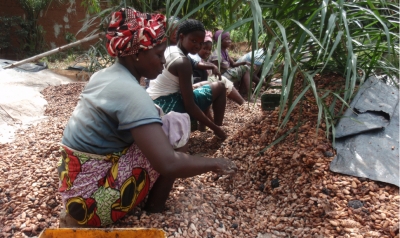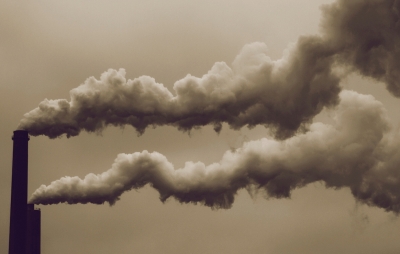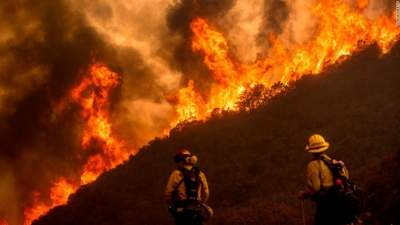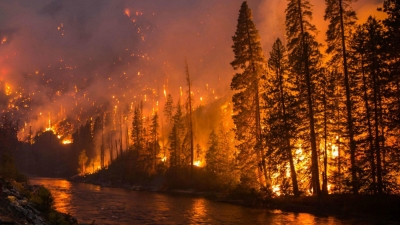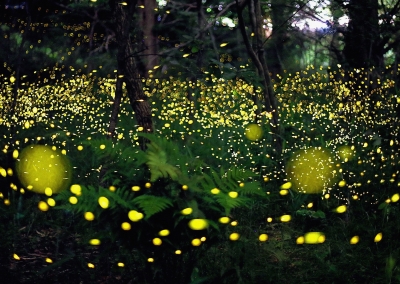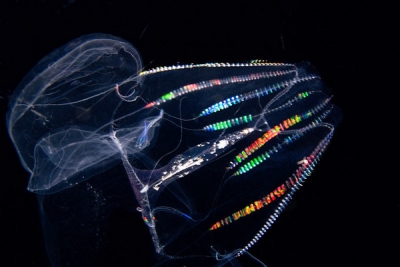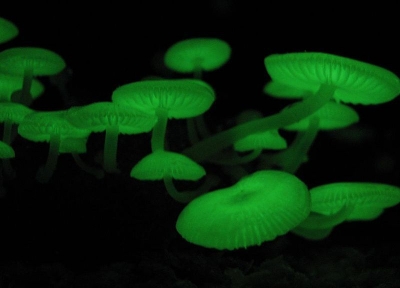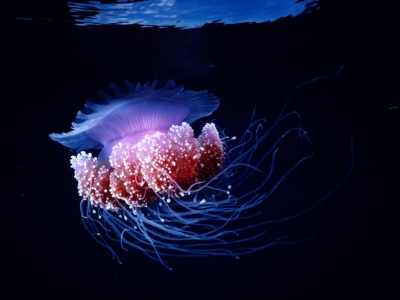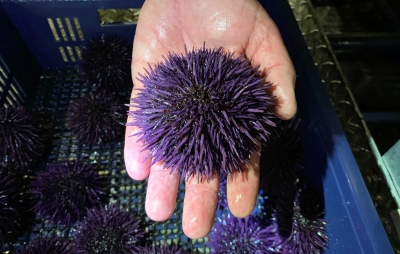What is the ecological role of big butterfly?
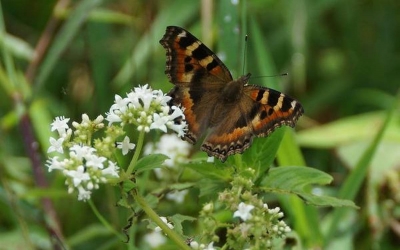
Butterfly basics
- Butterflies, along with moths, make up the insect order Lepidoptera. There are about 18,500 known species, found in every continent except Antarctica, and they come in a wide variety of colours and sizes.
- Butterflies have four wings. Each wing is covered by thousands of scales and hairs. They have six legs, three main body parts (head, thorax and abdomen), two club-tipped antennae and an exoskeleton.
- They taste with their feet and have a long suction tube called proboscis for a mouth. When not in use, the proboscis stays coiled up like a hose. Their eyes are made of 6,000 lenses and can see ultraviolet light.
- They are active during the day.
- Most adult butterflies sip liquids such as nectar, sap, juices from fruits, and sometimes even fluids from carcasses.
- Butterflies are essentially cold-blooded, and many species warm up by sitting in a warm spot or basking in the sun.
- The normal lifespan of a butterfly varies with every species. But on an average, the larger species can live from four to eight weeks, while smaller species live from a fortnight to three weeks. But a species of the migrating monarch is said to live up to 10 months.
- There are roughly 1,300 species of butterflies in India.
- Elsewhere, monarch butterflies are famous for their yearly migration, travelling up to 2,000 miles in two months to get from Canada and the northern U.S. to Mexico for the winter.
Four stages of life
The insect goes through three stages of life before emerging as the colourful butterfly we see in our garden. The transformation is quite fascinating given the fact they begin life in a completely different form.
First stage: A female butterfly lays her eggs, usually on leaves or stems of plants. Depending on the species, the eggs can vary in shape and texture. Some hatch within a few weeks, while others do so once the weather is warm enough.
Second stage: The caterpillar that hatches from the egg has a great appetite and it starts chomping on the leaves of the host plant immediately after hatching. Indeed, it is a very hungry caterpillar!
Third stage: Once fully grown, the caterpillar transforms into a “pupa” (or chrysalis) on twigs or on hidden areas around the host plant. The hardened case of pupa protects it from predators and extreme weather conditions.
Final stage: Once the butterfly is ready to emerge, the case around the pupa splits open. Once fit for flight, the insect spreads its wing and flies in search of flowers to treat itself to a drink of nectar. And the cycle continues.
Vote for your favourite butterfly
- Over 30 organisations in India, working in the field of biodiversity conservation, have come together to celebrate the Big Butterfly Month by hosting a number of events related to butterflies.
- The events include online workshops, photography and videography contests, origami classes and quiz.
- The ‘Big Butterfly Count’, a nation-wide citizen science survey, is being held till September 20.
- Apart from these, a group of 50 butterfly enthusiasts, researchers, writers, and experts from across the country have led an initiative to select the ‘national butterfly’ of India. Out of 50 species, seven butterflies have been shortlisted for the finals. Citizens can vote for their favourite at (shorturl.at/dtGU7). The poll concludes on October 8.
Mimicry in butterflies
Mimicry in butterflies coms in two types: Batesian and Mullerian mimicry.
Batesian is a form of mimicry were a harmless species imitates the warning signals of a posionous or unpalatable species. Females of common African mocker swallotail are best at this game. They mimic the wings of up to five different, more posionous butterfly species.
Mullerian mimicry is employed by noxious species that mimic each other. Monrach and viceroy butterflies are classic examples of Mullerian mimicry. The pattern on the wings of monrach butterflies is similar to the one on viceroy butterflies. So, these two unrelated species mimic each other’s warning colouration to fool their respective predators.
Hidden in plain sight
Colours give butterflies camouflage, helping them avoid hungry predators. Moreover, butterflies can see more of the visible light spectrum than humans can. This colour sensitivity not only helps them find flowers but also perfect camouflage backgrounds.
Some butterflies closely resemble leaves or twigs. For instance, the Indian leafwing butterfly is nearly impossible to spot when it is nestled among leaves. The upper side of its wings is blue with an orange band, while the underside is a dull brown. Showcasing its ded leaf-like appearance (complete with veins et all), the butterfly lies motionless to escape predators.
Ecologica role
- Butterflies are important pollinators. As butterflies move from one flower to another sipping nectar, they help move pollen from one plant to another.
- Butterflies in the larval, or caterpillar, stage consume the leaves (even flowers or seed pods) of host plants, thereby help keep certain plant species from multiplying out of control. Some butterflies consume rotting fruit and animal excrement, thus ridding the environment of waste.
- Caterpillars and butterflies are also food source for birds, spiders, lizards, small mammals and even other insects.
- Because butterflies and caterpillars are sensitive to subtle changes in environment scientists view their presence or absence as an indicator of whether an ecosystem is healthy or not.
Mud puddling
Have you noticed congregations of butterflies on the mud and wondered if they were aeting soil? Not soil, but the nutrients in it. Though the insects get their nutrition from nectra, they also seek minerals and sodium from the soil. By sipping moisture from mud puddles, they take in the required nutrients. This behaviour is called mud puddling, and is seen mostly in male butterflies. These absorbed nutrients help in producing pheromone, a chemical released by the male to attract female. When butterflies mate, the nutrients are also transferred to the female. These extra salts and minerals improve the viability of the female’s eggs. Mud puddling behaviour is common among moths and leafhoppers too.
Picture Credit : Google

